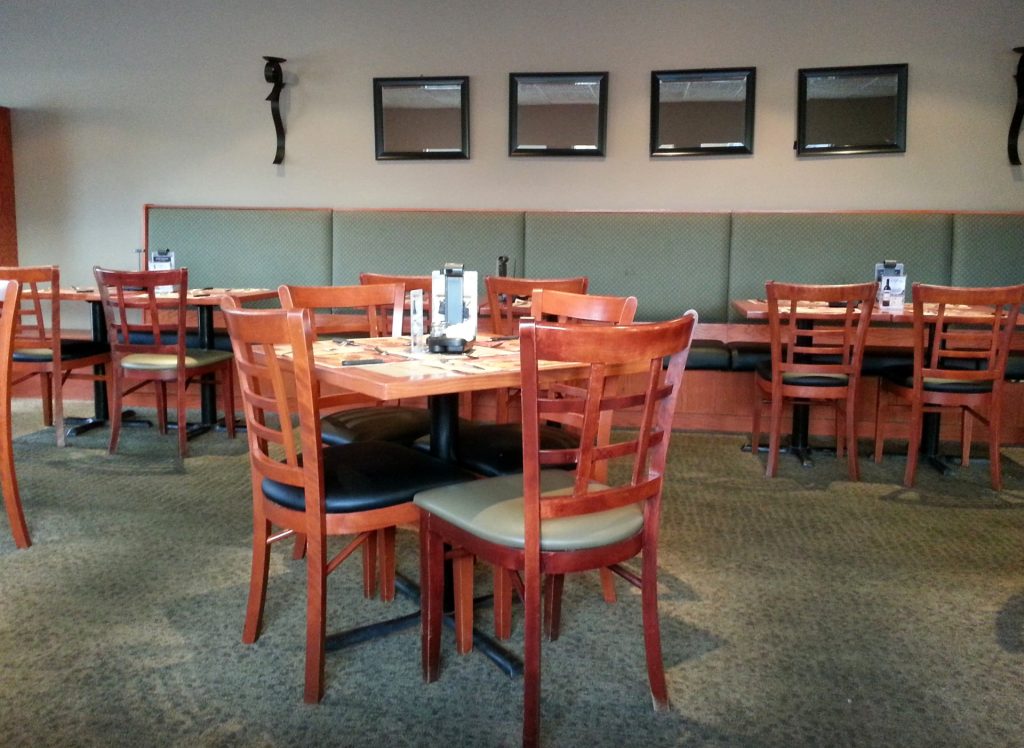In a world where aesthetics often intertwine with gastronomy, LooksMapping offers a quirky twist on dining by spotlighting the allure of its patrons rather than the culinary creations they savor. This AI-powered platform turns the spotlight away from chefs and onto diners, rating restaurants on the perceived attractiveness of their clientele. It’s a fascinating concept that challenges the traditional focus on menu items and raises questions about the evolving nature of dining experiences.
Imagine selecting a dining spot based on the photogenic quality of its patrons rather than its Michelin stars. LooksMapping taps into the cultural zeitgeist where appearances and social media presence often hold sway. The idea that a restaurant’s ambiance can be defined by the people who frequent it rather than its decor or dishes adds a new layer to the dining experience according to The New York Times. It’s a reflection of how dining out has become as much about the social scene as it is about the food.
While some might argue this approach is superficial, there’s no denying its innovative spin on the dining landscape. LooksMapping’s ratings could entice those who view dining as a holistic experience, where people-watching becomes an integral part of the meal. This concept aligns with a broader trend where dining out is as much about the experience and atmosphere as it is about the cuisine. For some, the social allure of a restaurant might just tip the scales when choosing where to eat.
However, this raises intriguing questions about privacy and the ethics of using AI in social settings. Are diners comfortable being rated, even anonymously, on their appearance? The concept also opens up a dialogue about diversity and inclusion within the restaurant scene, questioning whether such ratings perpetuate certain beauty standards. It’s a conversation starter about how technology intersects with social experiences in the dining world.
Ultimately, LooksMapping invites us to reimagine the dining experience, blending social dynamics with culinary outings. It beckons us to ponder how these unconventional metrics might shape our dining choices in the future. Is this the dawn of a new era where dining destinations are chosen not just for their menus but for the crowd they attract? The implications are as tantalizing as they are thought-provoking, leaving us to consider what truly defines a memorable dining experience.


